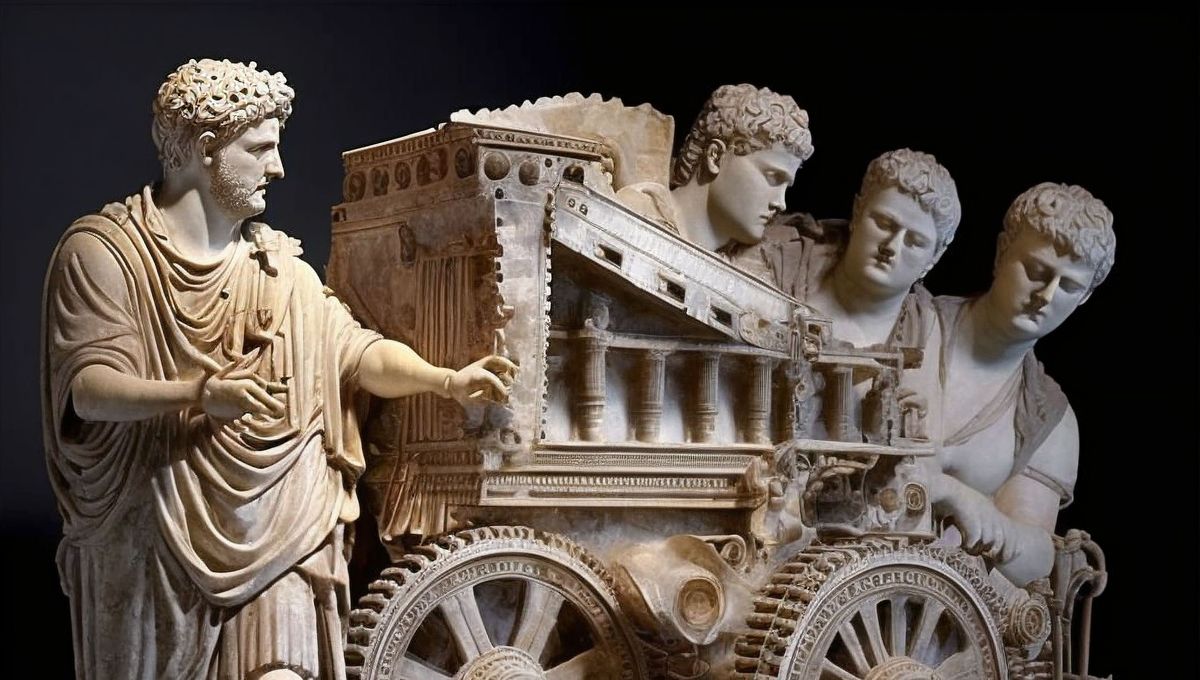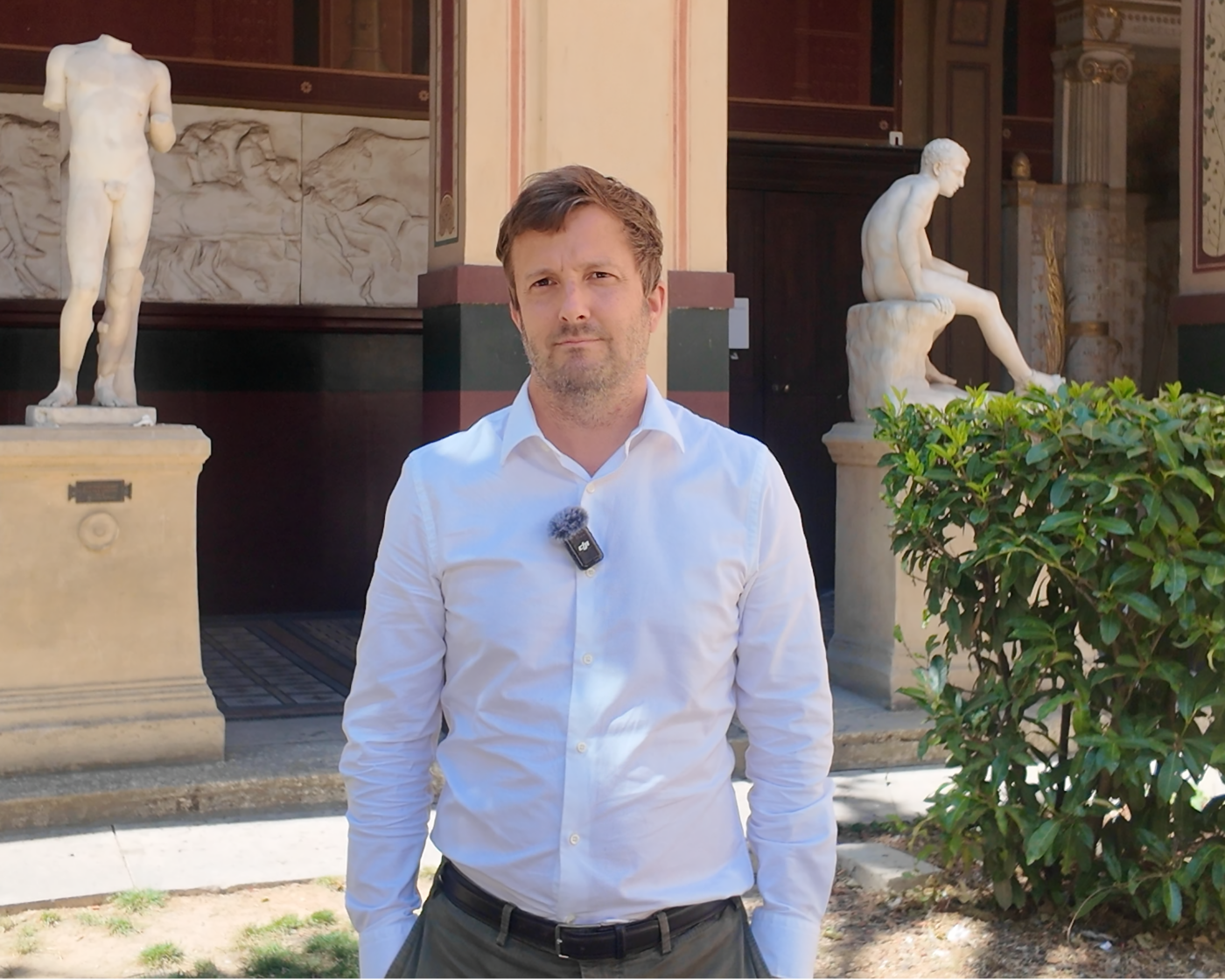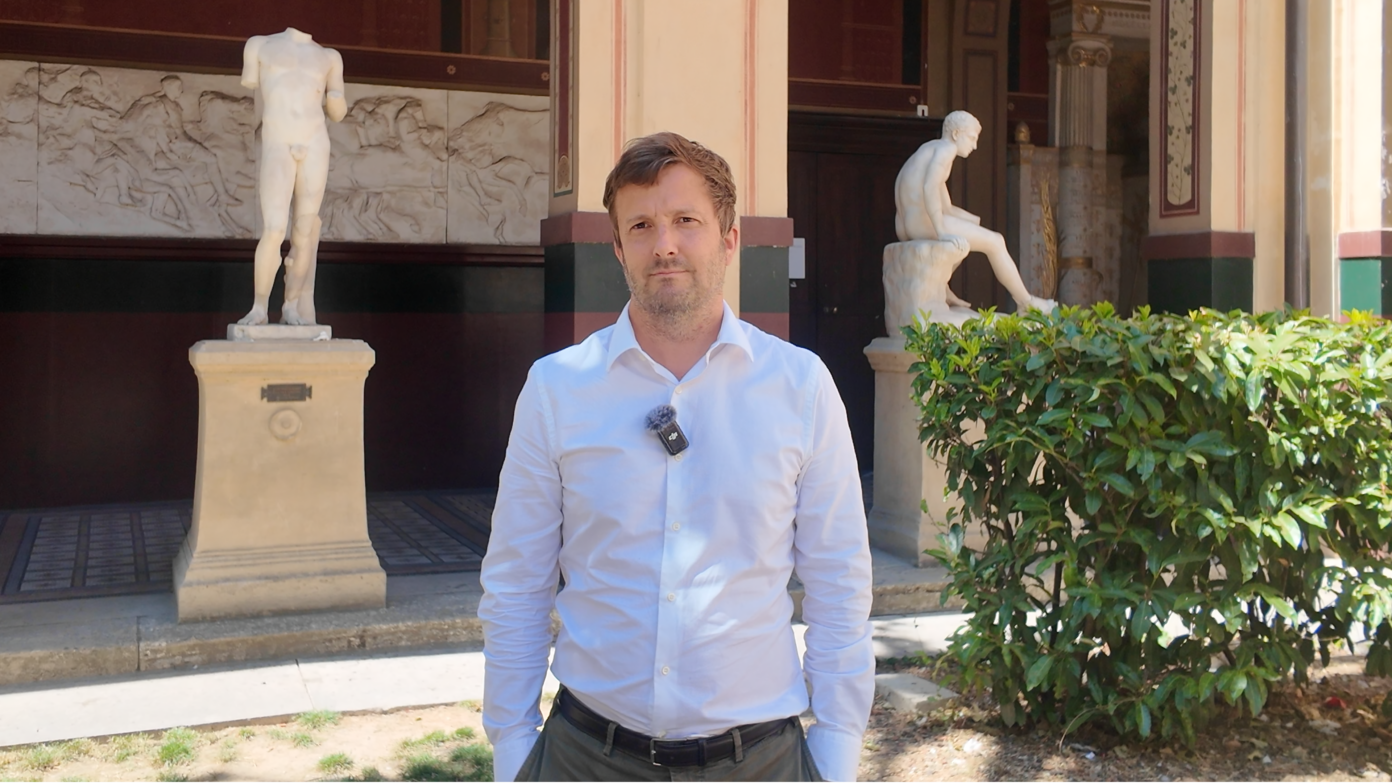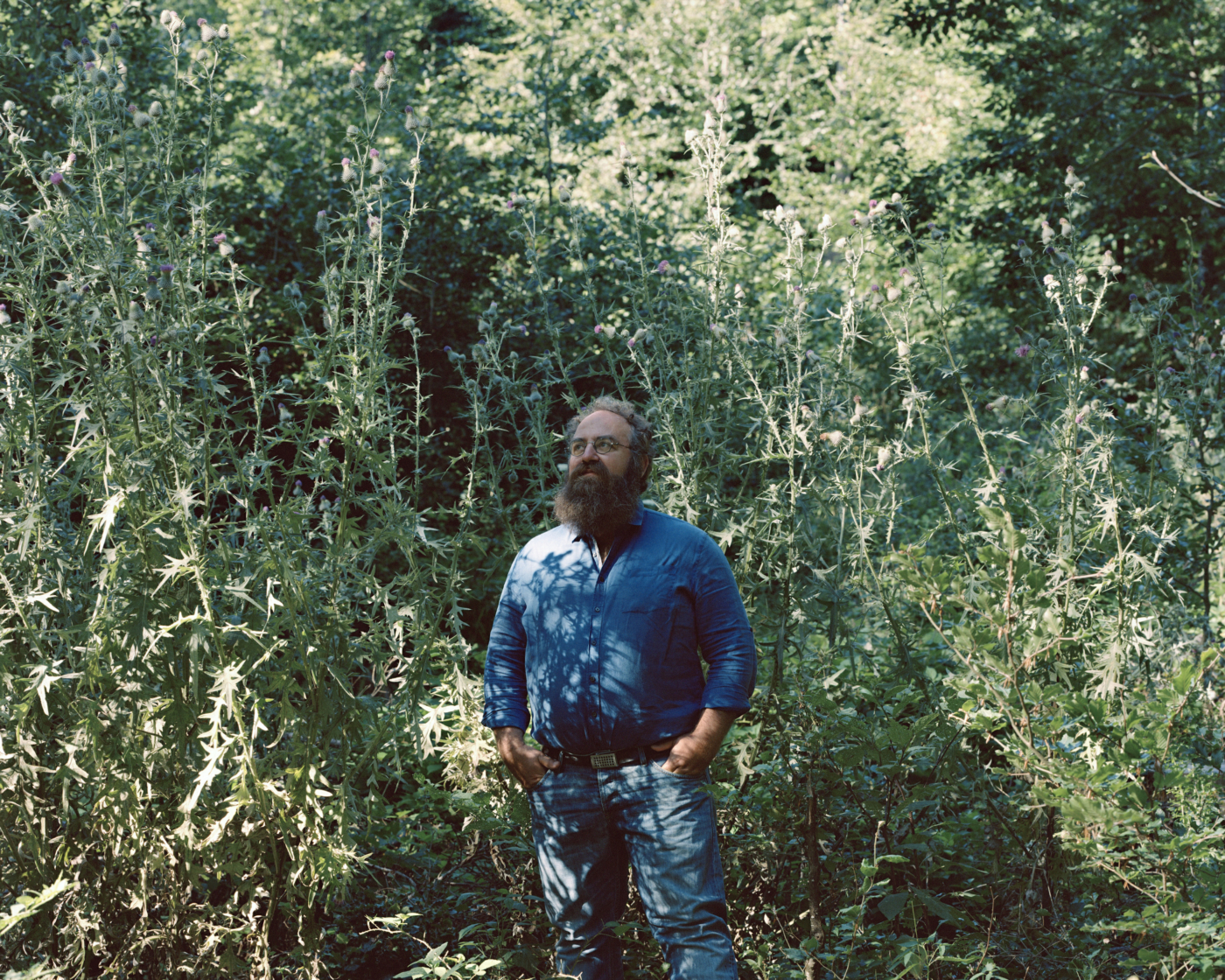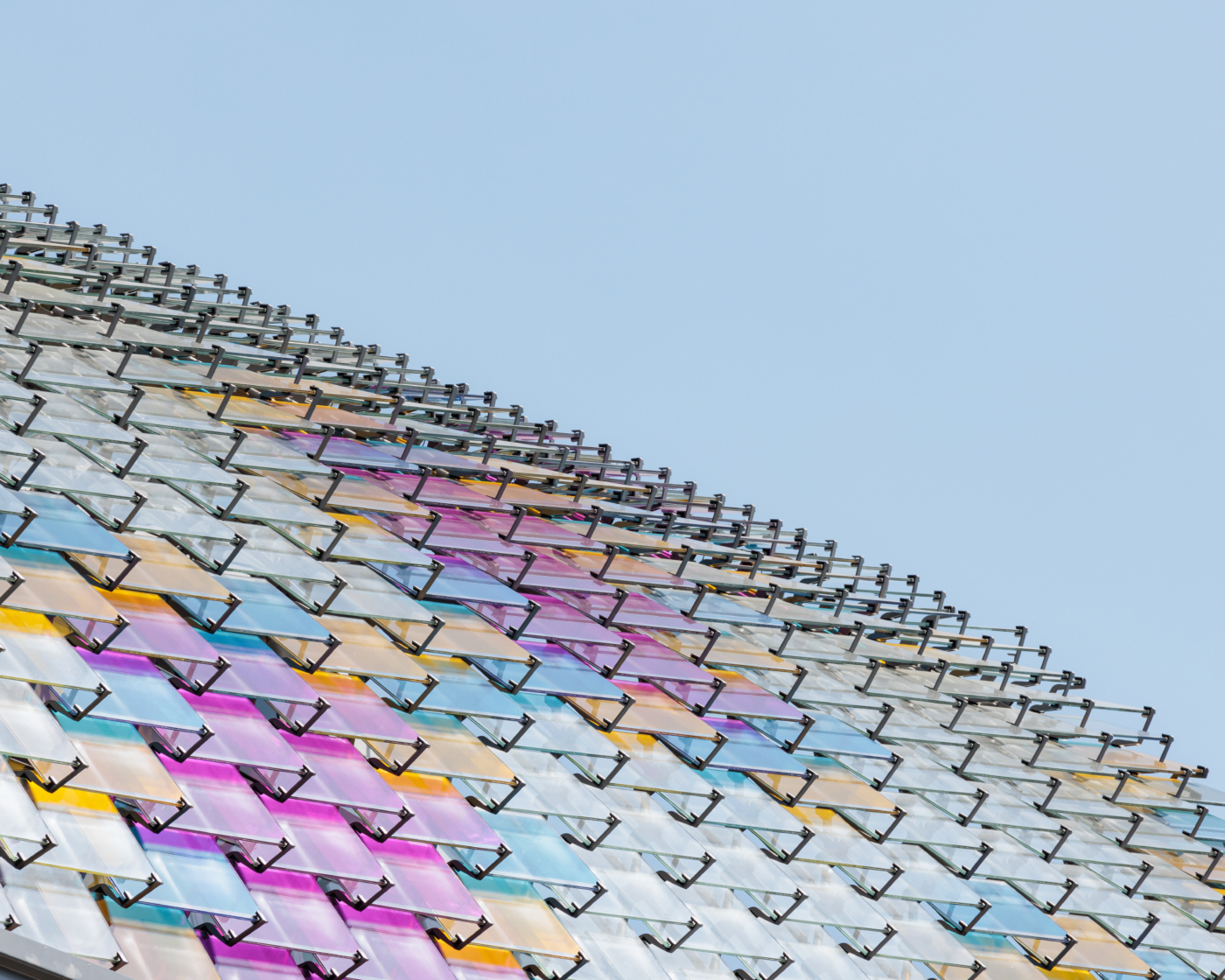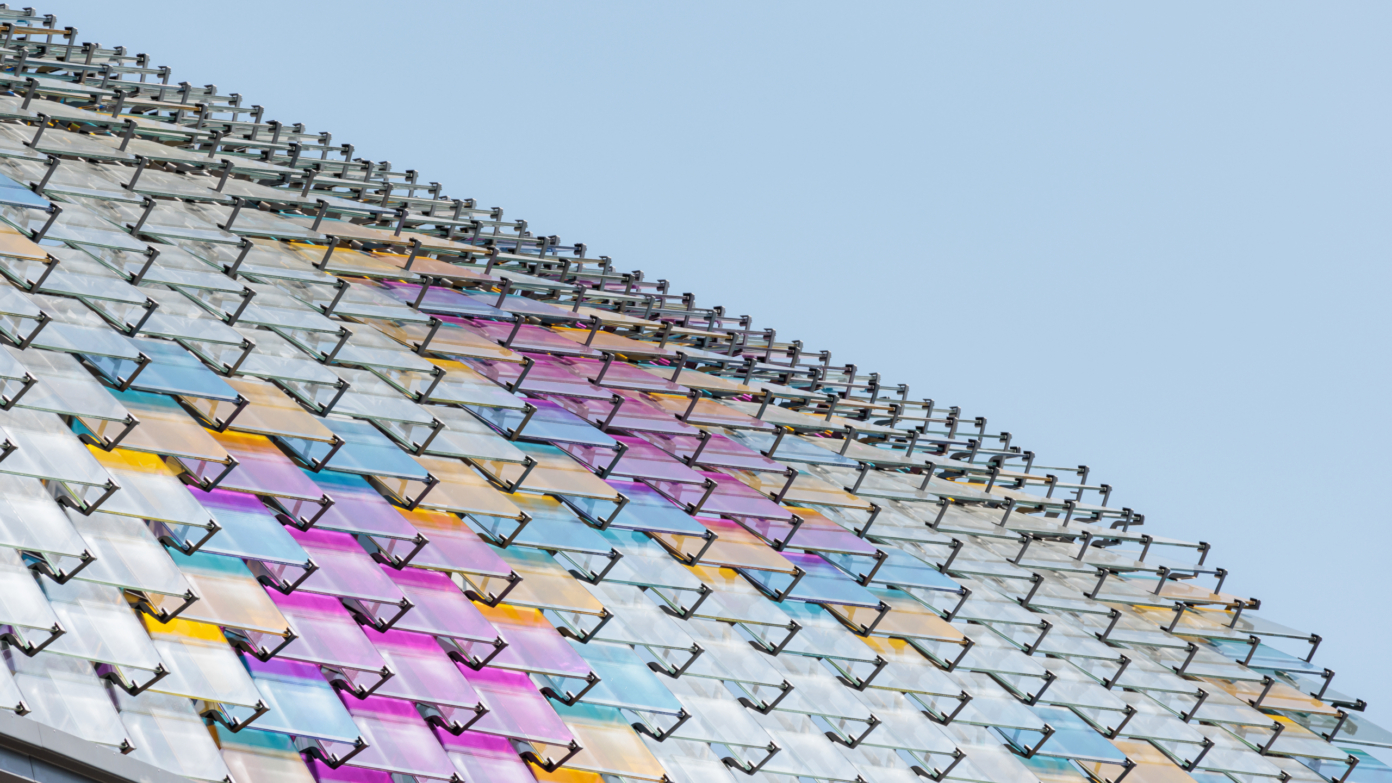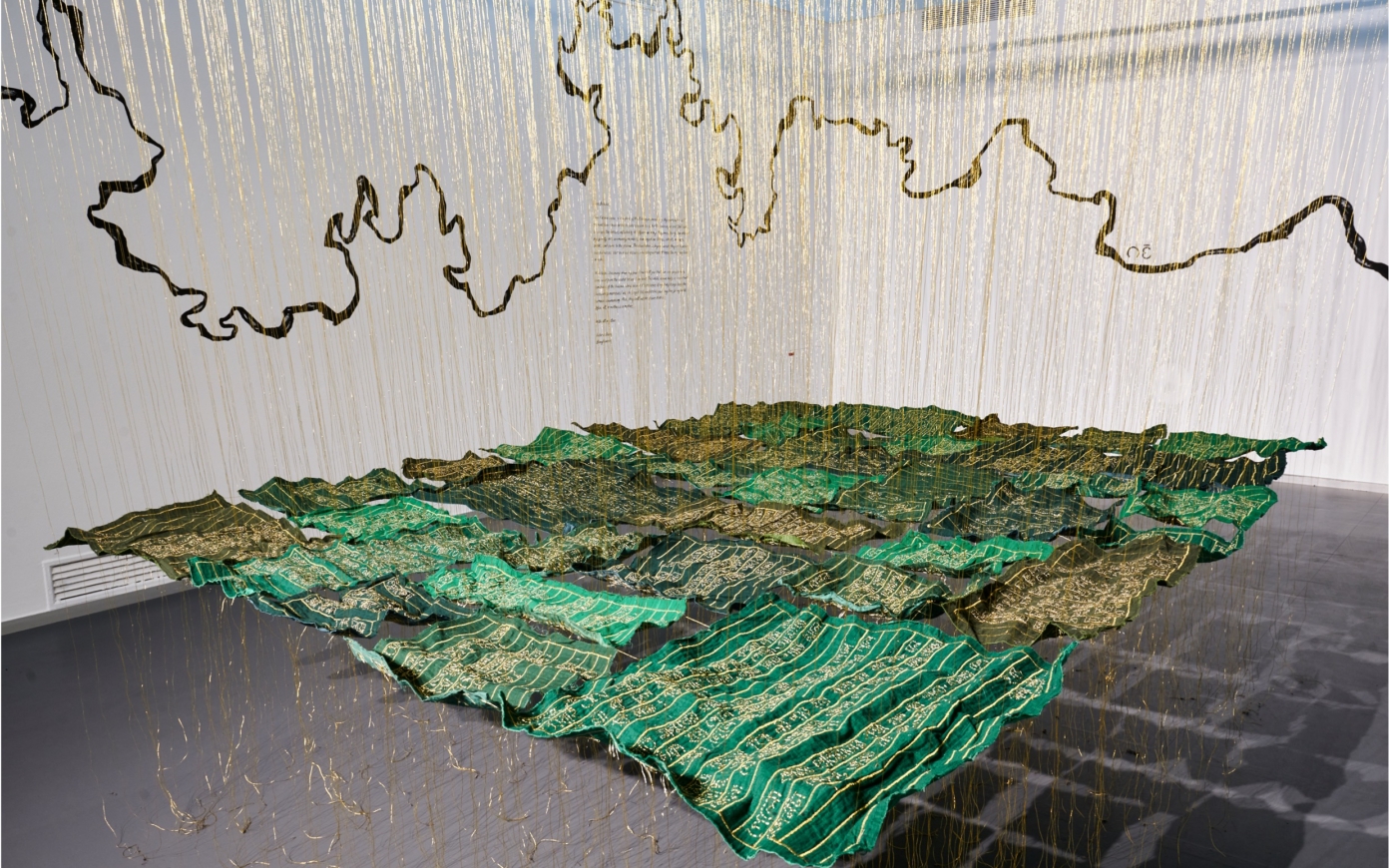Our Digital Skins

- Publish On 18 November 2017
- Dominique Boullier
The growing presence of information technology and data in the urban space has blurred the limits between the real and the virtual. Specializing in digital and cognitive technologies, the sociologist Dominique Boullier proposes the notion of “habitele” as a conceptual framework for the envelopes that we create in the digital realm. This notion allows us to explore the way in which we inhabit the digital, but also to imagine the ways in which we regulate our relationship with data, in order to avoid technology—which formats our experience—having a hold over us, while at the same time preserving the porosities that allow exchange to take place. The issue then is not to intensify or accumulate technologies, but to redefine our environment so as to generate limits and create a digital interior. The urban form is destined to become part of these individual digital envelopes, depending on systems that are not simply stacks of bubbles but which adapt to the new layers of existence that the digital brings with it.
A conceptual framework for our digital envelopes
You introduced the concept of habitele to define a new way of living in cyberspace. Habitele is a whole new envelope that is somewhat related to the previous envelopes of habit (in the sense of clothing), the habitacle (a dwelling place or cockpit, in French), and habitat. It augments our social reality and acts as an interface with the virtual exterior. Can we take control over this new virtual space or act upon it?
I introduced the notion of habitele to provide a conceptual framework to the envelopes we create in the digital world. We now primarily think in terms of networks and connections, which causes us to lose sight of a key dimension—our ability to create interior worlds. Habit, the habitacle, and habitat are shaped by technology, nonetheless they influence our lives by bringing into existence envelopes and interiors. It is through them that we can say that we “inhabit” a place. The question is thus to know whether we really inhabit the digital world, or rather if we are simply at this time only in a position to dwell there? Staying at a hotel for instance doesn’t amount to living there (inhabiting it). In this case, we cannot transform our environment and, conversely, it has only a very mild impact on us. Inhabiting a place, on the contrary, implies being able to technically transform the environment and, in turn, to be transformed by it, over time and through our routines. When you surf the web with Google, you get the impression that your exploration is personalized. In reality, Google is formatting it with algorithms we are not even aware of that limit our hold on this virtual world. Internet platforms also put to use the traces we generate, the content we publish, and even the comments we leave, without our knowing exactly for what purposes.
The habitele is based on personal routines, that is, the pairing between a technical environment that becomes a new expression of ourselves and an exterior that we internalize. The core idea is about thinking of ways to regain control over the world. In ergonomics, these kinds of “rough” patches that invite us to form our own specific ambiances and climates are called “affordances.” Architects, interior designers, and product designers uphold these mediums of individual freedom that give us the desire to inhabit an interior space, a neighborhood, or a city. We are currently locked in a form of digital fatality; we are entrapped in networks even though their value lies in the simultaneous understanding of the world. To quote the lyrics from Hotel California, “You can check out anytime you want, but you can never leave.” We are under the impression that a service is provided for free when in reality platforms are controlling our capacity to inhabit and build our environment more than they support us along that path.
Yet, the habitele is not about individuals having full control either. It is more of a relationship, a porosity that allows for effective communication and exchange, while providing a modicum of access control. The important thing is to learn how to adjust distance and control to prevent bunker rationales, which deprive us of any kind of communication with the world around us under the false pretense of safeguarding spaces or personal data. It is difficult to grapple with the idea of inhabiting the digital world because we are under the impression that the point is simply to load up on apps, get more bandwidth, increase connectivity, or access an increasing number of tools and appliances. The habitele is currently focused on our smartphones, these increasingly hybrid devices that act not only as telephones but also as computers, means of payment, and ID cards. But one cannot build a house simply by randomly piling up all the required parts, from bricks to furniture. It is indeed architecture, drafting, and design that allow an interior to be produced. A haphazard aggregation confuses more than it helps make sense of an interior, form a habitat, or foster appropriation. The key element here is to understand how we will manage to redefine our environment qua “connected beings,” so as to produce the limitations and the conditions of access, and, ultimately, to design a digital interior. We are currently dwelling on these platforms without creating any interiors; we still do not know how to build our habitele there and that is the whole point.

Adapting urban to our all-encompassing digital envelope
What are the consequences of the application of the habitele concept on urban spatialities? In the same way that the urban form has been profoundly transformed by the habitacle of cars, what can we expect the impact of the habitele on cities to be?
Cars were initially designed as technical mobility devices and not as habitacles. Their success was nevertheless closely tied to the moving and customizable bubble that they create around users, which is why public transport struggles to take over. As a matter of fact, it would be interesting to think about the future development of public transport bearing in mind this demand for a habitacle. Carrying over this example to the digital world, we have generated increasingly powerful networks, antennae, cables, and technical systems but we think of them only in terms of their technical performance, without taking into account the fact that they encapsulate ways of being that may not suit us. Thinking in terms of habiteles helps us become aware that what matters is not stashing and amassing things, but rather opening up a new possibility for shared control that would be intimately connected to these other systems of habit, the habitacle, and the habitat.
Communication devices increasingly tend to be weaved into our habit, to become wearable. Cars also aspire to become connected devices, as is the case with self-driving cars. If we aren’t focused on the act of driving anymore, then we can view content or stay socially connected, among other possibilities. All devices that are supposed to create physical envelopes are now becoming connected with the habitele, our all-encompassing digital envelope. The urban form is set to accommodate these individual devices as well as the networks as a whole. We are already creating bubbles around us in the metro: we sit heads bowed, with our headphones plugged in and our eyes on our phones. Rather than to refuse this or to criticize these new lifestyles, rather that wanting to promote social bonding where there has never been any, the primary question at stake relates to designing an arrangement that isn’t simply a stack of bubbles that scrape against one another and incense each other. Therein are the future challenges of transport, vehicles, public spaces, habitat itself, and urban issues in general.
Connecting different universes
Digital technology makes it possible to scale up all the while remaining motionless, which calls into question the notions of centrality, accessibility, proximity, and even that of diversity. What new forms does virtual urbanity then take?
This is precisely the change of scale that Marshall McLuhan describes when he wrote that “the medium is the message.” Three quarters of all human beings may now be “connected” at any given time, but not necessarily to everyone nor all the time. However, and for the first time in human history, we seem to have almost the same technical framework used throughout the world: the cellphone. Its virtual potential represents an opening-up of possibilities considering that we are not in a globalized world but, despite allegations to the contrary, in a world that connects and interconnects individual bubbles and social circles. Connectivity is more of a generator of encounters, which are often unpredictable and random, than a command center that allows for the piloting and control of our activities and data.
We are not living in a global world but in a number of social worlds between which, and this is the key word here, we switch. Switching, in its telecommunications-specific sense, is about interconnecting correspondents via a telephone exchange. The experience of the mobile phone similarly enables us to instantly switch from one social world to another—from a work situation to family life, to a hobby, and so on. There is no need for a central office to interconnect these various worlds that aren’t actually linked to each other: you simply switch from one world to another. In this respect, digital technologies are comparable to an essential feature of the city, which has always had this capacity to grant access to different universes, although only in succession.
The unique specificity of mobile phones is that they have created a new relationship with time that isn’t related to digital technologies per se, but rather is intrinsic to the times we are living in. We have developed a platform approach that generates an insatiable desire for information and immediacy that has extended to all our activities: in the world of finance of course (high-frequency trading), but also in real time with the media, in all our individual activities, even down to the notifications that causes us all to vibrate in the same way, at the same moment. Twitter makes this way of existing collectively through what I call “replications” very obvious. The way the city breathes is directly impacted as a result given that it is now not just about space and proximity: though we live in bubbles that are apparently isolated, we nevertheless share the same emotions, the same rhythms, and solicitations. We aren’t accustomed to think of these rhythms in terms of urbanism, but this is nevertheless what digital technologies bring about—a new layer of existence that is mainly based on high frequency.

Digitally augment the sensoriality of experience
The habitele is a dynamic world, but can it be viewed as being a “living” one? When discussing your work, Michel Lussault used the term digital flaneurs. Being moved, being in communion with the world and oneself, drifting… All that is possible, but what about contemplation and the relationship to our senses?
Our connectedness is not limited to technical networks and servers; what is at stake is the possible reconnection to a set of attachments that we have lost, or, in a modern logic, that we have severed. This ties in with the “cosmopolitics” I am working on with Bruno Latour and Isabelle Stengers, to try to understand how the modern movement, by severing our attachments, caused us to also be divorced from nature, animals, and all the sensations that populate our universe and our experience, and also, despite the fact that traditional societies knew better, to be removed from the world of spirits and the dead. The modern model argues that there is only one kind of entity, with a fixed existence rather than a variable geometry. However, the technical connections that we establish lead us beyond this paradigm. We learn to live with entities that aren’t, strictly speaking, human, but that represent humans, such as Facebook profiles and Uber accounts, which we “like” or “rate,” or even undetectable “bots” Robots or virtual assistants .
Cyberspace cannot be reduced to a mere set of “disjoined” data. It can teach us to live with living memories. Connectivity is not a replacement for the sensoriality of experience, it can even augment it. During a walk in the woods with a telephone in hand and your headphones on, modern logic would deem you severed from nature. Yet, if you are capable of “making the forest speak,” as is the case in many civilizations, through a soundtrack that is tied to the living moment, received data, or storytelling, one’s forest experience can be augmented. And the same applies of course to the city and all the spaces that surround us.
When we browse the internet, we often stray away from what we were initially looking for. This serendipity ties in with the idea of flânerie (strolling around) and drifting. Associations are formed and encounters are magnified by digital technology, which bundles sensory experience with an additional layer related to information, social networks, events, and so on. The properties of experience are then transformed according to a contingency that might also be shared. Seeing several people looking at the same mobile device has now become commonplace. Imagine that this turns into a projection tool, you will then have the possibility to transform a place, a moment, or a collective experience into something that is completely different. This connectivity allows for “free associations,” to put it in psychoanalytical terms, and this is what makes it interesting. Serendipity, which is the complete opposite of the philosophy of technology as a master, opens up a number of new possibilities, potentialities, and virtualities, in the original sense of the term.
Immersion is highly sought after in the digital experience of today. Contrary to the belief of the moderns, we are never outside. We are inside something throughout our entire existence as human beings, beyond even our prenatal life. I consider that the development of devices that give tangible reality to this interiority is very important, much more than owning tools that make it possible to master the world from above, particularly given that it could help us reduce our modern disconnection from the world. One of the key ideas of the habitele thus converges with what Donna Haraway calls a “becoming-with,” that is, a collective transformation that must help us generate “becomings.”
This article was initially published in Stream 04 – The Paradoxes of the living in November 2017.

